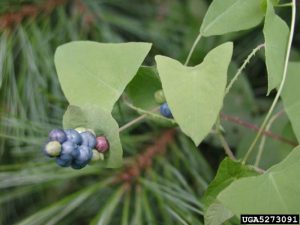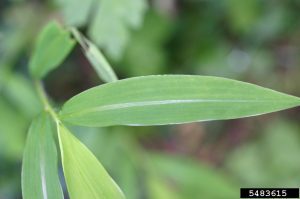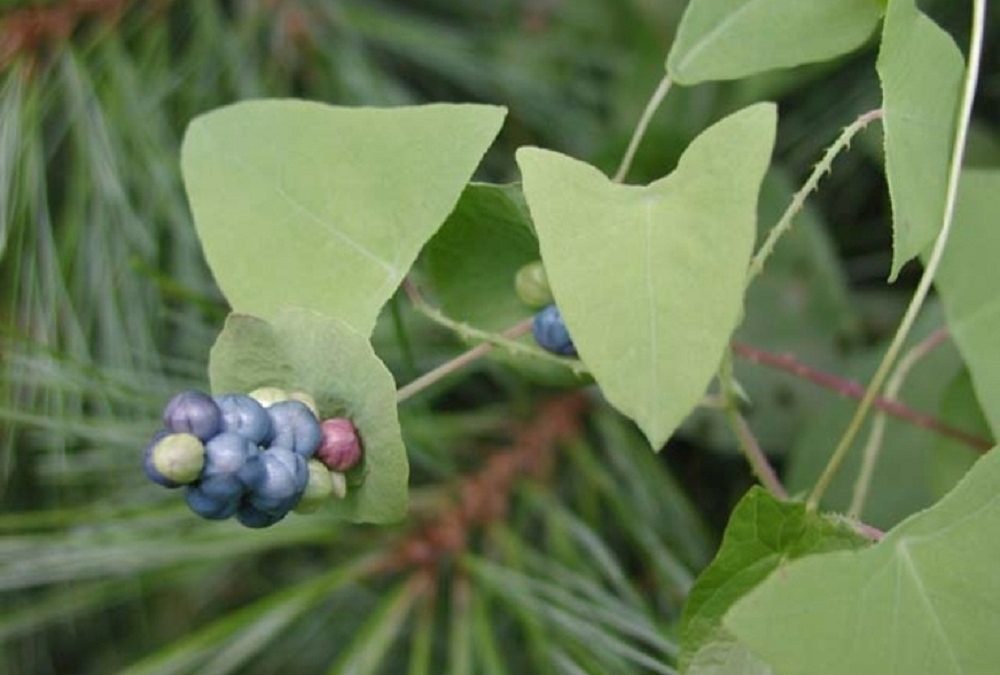WNY PRISM works to stop the introduction of new invasive species to the region through prevention efforts that include education and outreach. But, sometimes new species are introduced despite the best efforts of our staff, partners, volunteers and residents. Once introduction occurs it is important to focus on the early detection of these species. An invasive species is generally considered early detection when it occurs in 3 or fewer locations within a selected region. Special importance is placed on species that pose the greatest threat to our region as determined by its potential negative impacts and ability to spread. WNY PRISM has identified early detection priority species for WNY.
Finding early detection priority species before they become established gives managers the greatest chance of success in eradicating the infestation. Early in the infestation is also the most cost-effective time for management. However, it is impossible for the WNY PRISM staff to monitor the entire region, which is where Citizen Scientists such as yourself come in. While you’re out and about this summer, be it hiking, boating, or working around your house, we ask that you keep an eye out for our early detection species
Of our early detection species, we are currently featuring two species, Mile-a-Minute Vine and Japanese stiltgrass.

Mile-a-minute vine (Persicaria perfoliata) Photo Credit: Leslie J. Mehrhoff, University of Connecticut, Bugwood.org.
Currently, mile-a-minute has only been found in 2 locations within western New York, including in Cattaraugus County, and most recently near the border of Orleans and Genesee counties near Oakfield, New York. While these are the only infestations we currently know of, there are likely other infestations in nearby areas.
Mile-a-minute is an annual vine that is able to grow up to 6 inches per day and over 20 feet per year. It has small, recurved barbs along its stem which allow it to grow over vegetation and smother it, earning it the nickname, “kudzu of the north.” It has a light green, triangular leaf as well as a secondary circular leaf, known as an ocrea. The ocrea is found where the leaf meets the stem of the plant, also known as the node. The fruit appear as small, green berries in mid-July and gradually turn metallic blue in color throughout the summer.

Japanese Stiltgrass (Microstegium vimineum), leaf blade showing silver, off-center, mid-rib. Photo Credit: Leslie J. Mehrhoff, University of Connecticut, Bugwood.org.
Japanese stiltgrass has recently been found in western New York within Erie and Cattaraugus counties. More infestations have been found in this area by our invasive species management crew this summer.
Japenese stiltgrass grows in a wide range of habitats including yards, woodlands, streambanks and riparian areas, open fields, and roadsides. It spreads quickly to form dense patches up to 3 feet high, displacing native plants and interrupting soil nutrient cycling. It is easily spread by mowers, deer and flood waters. Japanese stiltgrass is easily recognized by an off-center, silver stripe running the length of its long, thin leaves.
If found, you can upload this information into iMapInvasives, a database that catalogs a wide range of invasive species throughout New York State. More information on how to collect and report data can be found on our early detection page. Finding and reporting these invasive species takes only a moment of your time, but can have lasting impacts on the environment. The more information invasive species managers have, the more effective management efforts will be!


